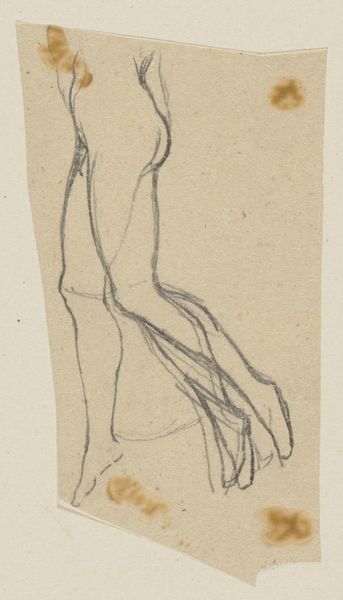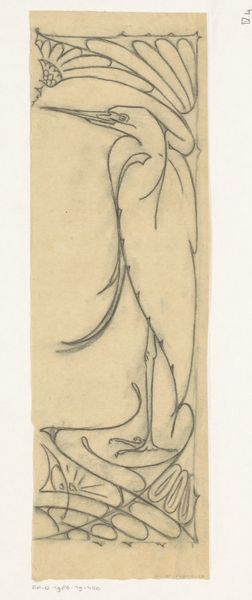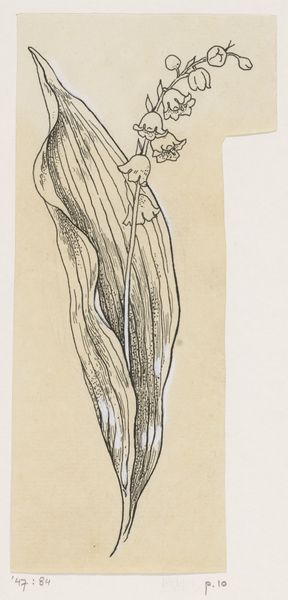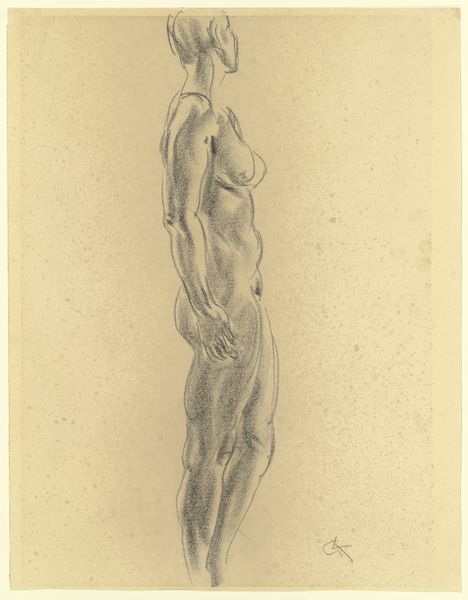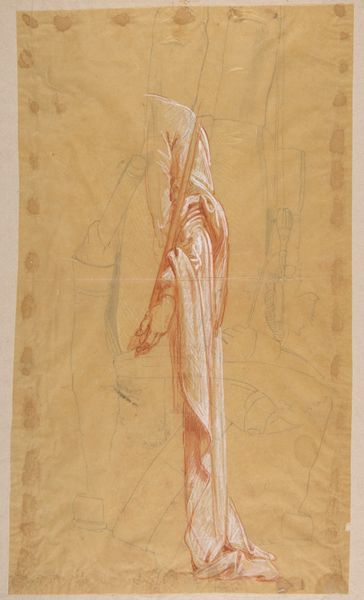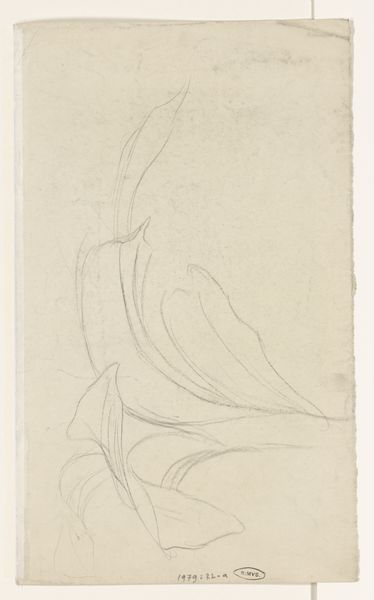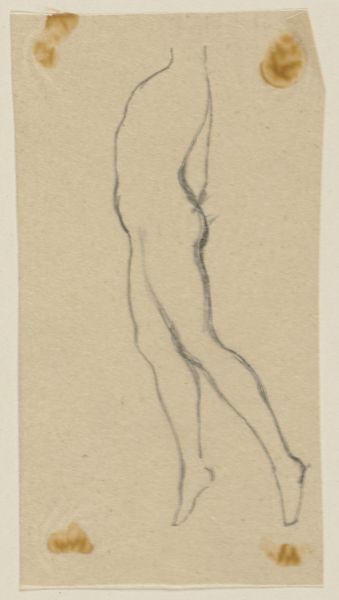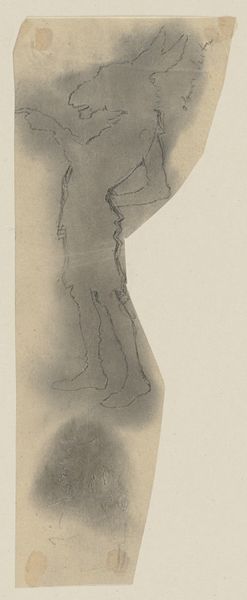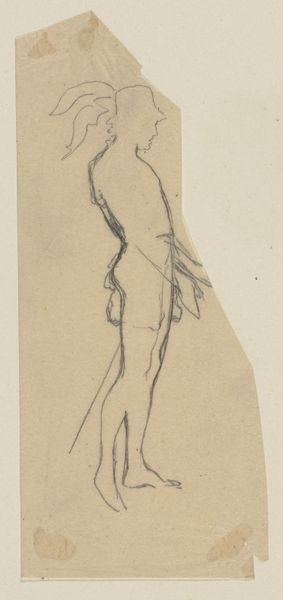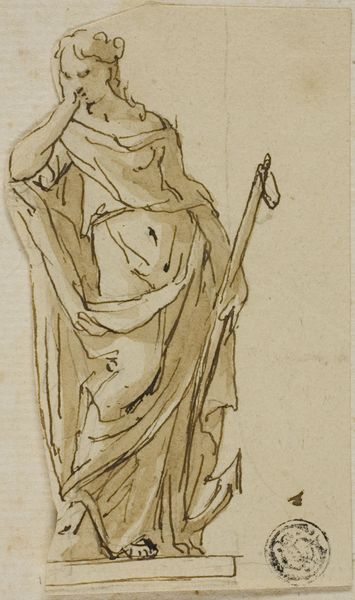
drawing, paper, pencil
#
portrait
#
drawing
#
figuration
#
paper
#
pencil
#
academic-art
#
realism
Dimensions: height 470 mm, width 313 mm
Copyright: Rijks Museum: Open Domain
Curator: Well, hello there. Look at this, will you? It's a ghostly sort of thing... just a single, severed leg floating on the paper. Sort of unsettling, but strangely captivating. Editor: Yes, unsettling is a great descriptor, especially considering its historical context. What we’re viewing is a drawing of an anatomical plaster model of a leg. The Rijksmuseum holds this example dating back to around 1800 to 1900. It’s rendered meticulously in pencil on paper. Curator: An anatomical study then! Of course. It's incredibly realistic, though. You can practically feel the tension in the muscles, the curve of the bones. But why just the leg, though? What about the rest of the body? Leaves you hanging, doesn't it? Like a dancer mid-leap whose story you'll never know. Editor: That “severed” feeling, I think, comes from the legacy of objectification within both artistic and scientific practices. Think of Enlightenment-era pursuits in categorizing and controlling bodies – particularly non-European bodies – to enforce hierarchies. To present a singular leg allows a disembodied study. Curator: Mmm, there's something cold and clinical about it, I suppose, seen through that lens. I can almost hear the scratch of the pencil as the artist meticulously copies every contour. But isn’t there beauty here too, a strange sort of detached admiration for the sheer mechanics of the human form? Editor: Beauty, sure, but maybe a beauty tinged with power. Consider how such images informed medical pedagogy, shaping whose bodies were viewed as sites of knowledge and whose were dismissed or excluded. The intense realism has social ramifications, echoing within discussions around disability studies and bodily autonomy. Curator: Ah, I like that - power... You’ve put a grim, interesting shadow onto it. Still, you can't deny the sheer skill involved. I bet the artist loved observing every single ripple of muscle! You can really see them getting into the details! It speaks, really, to a certain intensity. Editor: Intensity, yes, focused on a body part abstracted from its whole. Let’s think about that intentional fragmenting in art and science. Where do we find this “intensity” of singular focus used for exploitative rather than liberating purposes today? Curator: Gosh, you always make me see these old things in such new, urgent light. From detached anatomical curiosity to unsettling reflections of... control. I might need a walk now, just to stretch my legs. Editor: And perhaps to re-member – in all senses of the word – what wholeness means.
Comments
No comments
Be the first to comment and join the conversation on the ultimate creative platform.
